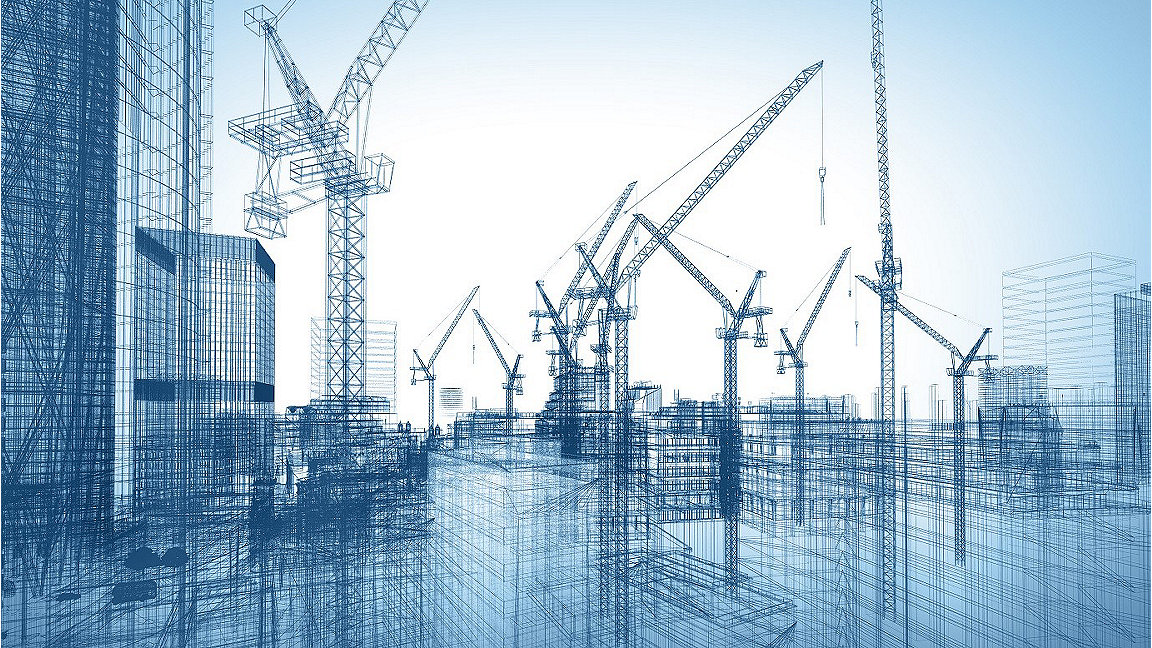
Over my long career as an economist, I have sometimes taken umbrage at the old joke about crystal ball gazing. Rightly or wrongly I have always felt that there was more rigour to the work I do, even if not all readers will be minded to agree.
However, I have to acknowledge that trying to chart the outlook for economic activity over the next couple of years as the UK emerges from COVID-19 is seriously stretching my own analytical skills – and those of others – to the point where the tools of a fortune teller may be of greater help.
A coiled spring?
I don't think I can recall a time when the diversity of prognostications about the big picture has been quite so varied. Nevertheless, three broad trends can be made out – optimism, caution, and pessimism.
Let us start with the optimists: they are the group we would obviously most like to be right. The foremost, and most familiar, proponent of the upbeat assessment is the Bank of England.
Certainly, the bank recognises that the economy will be scarred in the medium term by the investment and skills lost during the pandemic. But it views the build-up of savings by some households over the past year as a key reason that consumer spending will help drive national output back to pre-pandemic levels by the first quarter of next year, when it is currently around 14% below.
You might even have seen the bank's chief economist Andy Haldane quoted in the media as likening the UK economy to a "coiled spring" ready to release its "pent-up financial energy" when conditions are right.
Cautious forecasts
The next group are a little more cautious, and include multilateral organisations such as the IMF.
The IMF sees UK output only getting back to where it was at the beginning of 2020 by the end of next year. It highlights the "exceptional uncertainty" attached to all macro projections at present, and remains concerned by the possibility of policy misjudgements – not just in the UK.
Specifically, it continues to warn against a premature scaling back of government interventions. Recent noises from UK chancellor of the exchequer Rishi Sunak suggest he is fully alert to this risk. Addressing the bloated level of public borrowing – with indebtedness now exceeding 100% of GDP – is therefore more likely in a second budget later this year, possibly November, than in the statement planned for early March.
Slower and lower
And then to the pessimists. While we might not warm to this analysis, it is probably right not to be too dismissive after what has been a very difficult year.
Using the same criteria as the optimistic and the cautious forecasters, the National Institute for Economic and Social Research – for the record, the UK's longest-established independent research institute – is not anticipating GDP climbing above its previous high until the end of 2023.
It envisages a lower level of consumption, largely as a result of higher unemployment, weaker business investment due to stressed corporate balance sheets, and the adoption of a trade agreement with the EU imposing more barriers than was previously the case.
Critical construction
As is the way with these things, you can pay your money and take your choice. For what it is worth, I would tend towards the cautious forecasters, with a hope that the "uncoiling spring" proves me wrong.
Thinking about what this very uncertain economic picture might mean for the built environment is inevitably challenging. But to the extent that construction and infrastructure is being viewed as part of the recovery – rather than an outcome – there is arguably more room for a positive assessment of the near-term prospects than in some other parts of the economy.
For the record, feedback to the latest RICS Construction Monitor for the UK, which gathers insight from members across the country, shows a strong expectation that workloads will rise over the course of the next 12 months. Moreover, infrastructure and other public works are understandably seen as leading the way for various other government programmes.
A need for infrastructure
In its most recent assessment, the Construction Products Association bears this out. It suggests that infrastructure output could jump by almost one-third this year, helped by a ramping-up of large-scale projects such as HS2.
Meanwhile, the association points to 2022 spending as likely to be supported by "a pipeline of projects and frameworks in the rail and electricity subsectors". Underlying this, the pressure on the government to fulfil its levelling-up agenda will remain intense, and enhanced connectivity will be a critical part of meeting this commitment.
I must confess to being particularly excited about the latter issue. It is a testament to policy failures over numerous governments that regional productivity gaps in the UK are now at their highest in more than a century, exacerbating inequalities between them. Moreover, it is particularly striking that the UK has a bigger disparity in this area than almost all other advanced economies.
Let's be clear, there is no magic wand for the economy. However, there is now a huge opportunity for the construction sector, both in creating an environment to narrow the chasm between regions while at the same time helping to stimulate the post-COVID 19 economy.
And that is the case whether you believe the economy is a coiled spring or not.
"The Construction Products Association suggests that infrastructure output could jump by almost one-third this year"
